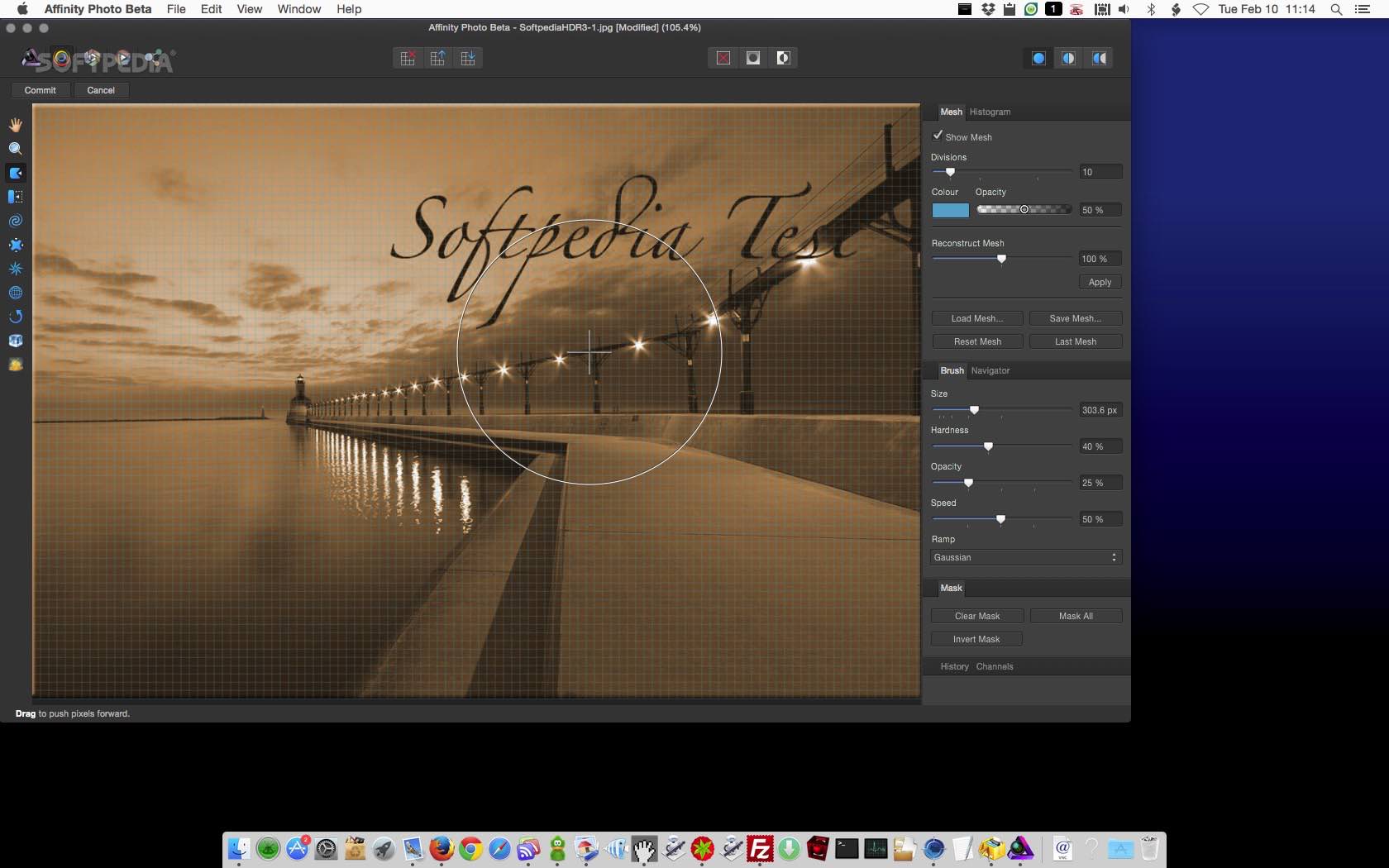

Note: These stages are not always sequential, and teams often run them in parallel, out of order and repeat them in an iterative fashion.ĭesign thinking is an iterative and non-linear process that contains five phases: 1.

The Hasso Plattner Institute of Design at Stanford (aka the d.school) describes design thinking as a five-stage process. Ludwig Wilhelm Wall, CC BY-SA 3.0, via Wikimedia Commons Using it, your team can get behind hard-to-access insights and apply a collection of hands-on methods to help find innovative answers. With design thinking, teams have the freedom to generate ground-breaking solutions. With it, teams can do better UX research, prototyping and usability testing to uncover new ways to meet users’ needs.ĭesign thinking’s value as a world-improving, driving force in business (global heavyweights such as Google, Apple and Airbnb have wielded it to notable effect) matches its status as a popular subject at leading international universities. Of all design processes, design thinking is almost certainly the best for “thinking outside the box”. Design teams use design thinking to tackle ill-defined/unknown problems (aka wicked problems) because they can reframe these in human-centric ways and focus on what’s most important for users. Twenty-first-century organizations from a wide range of industries find design thinking a valuable means to problem-solve for the users of their products and services. Professionals from a variety of fields, including architecture and engineering, subsequently advanced this highly creative process to address human needs in the modern age. Simon first mentioned design thinking in his 1969 book, The Sciences of the Artificial, and then contributed many ideas to its principles. The world has become increasingly interconnected and complex since cognitive scientist and Nobel Prize laureate Herbert A. In user experience (UX) design, it’s crucial to develop and refine skills to understand and address rapid changes in users’ environments and behaviors.

In his 2009 TED talk, Design Thinking pioneer Tim Brown discusses Design Thinking’s value in solving extremely complex challenges.


 0 kommentar(er)
0 kommentar(er)
